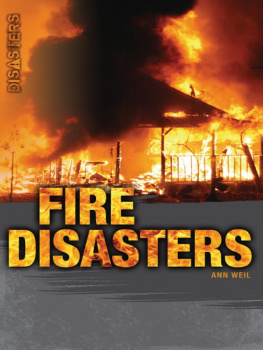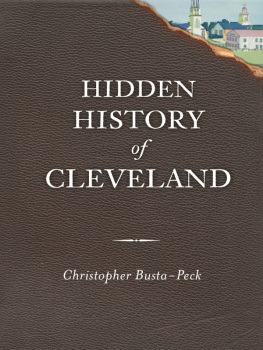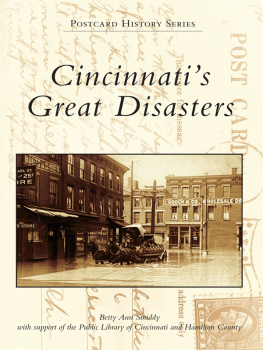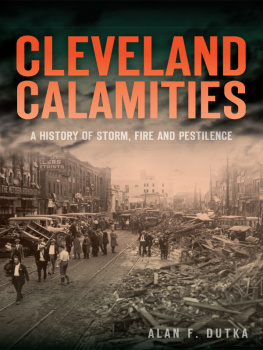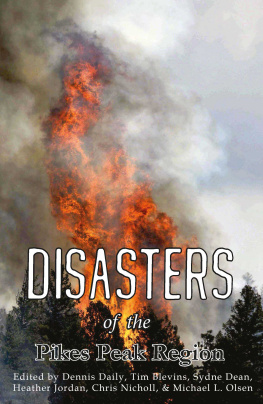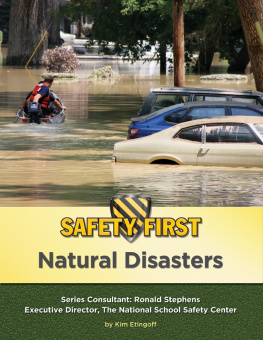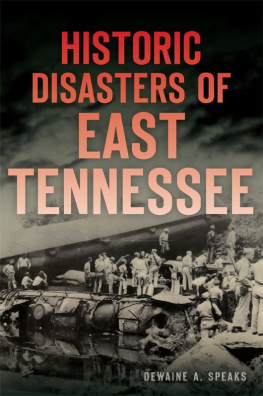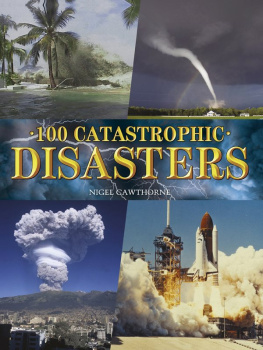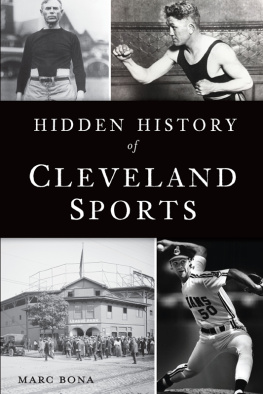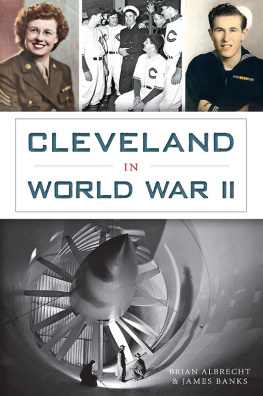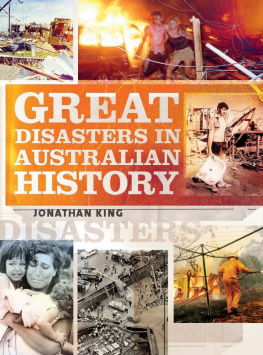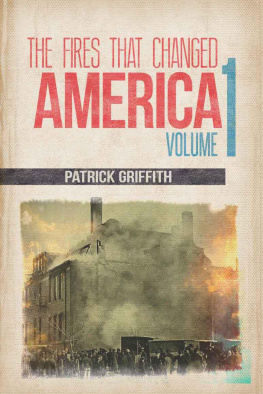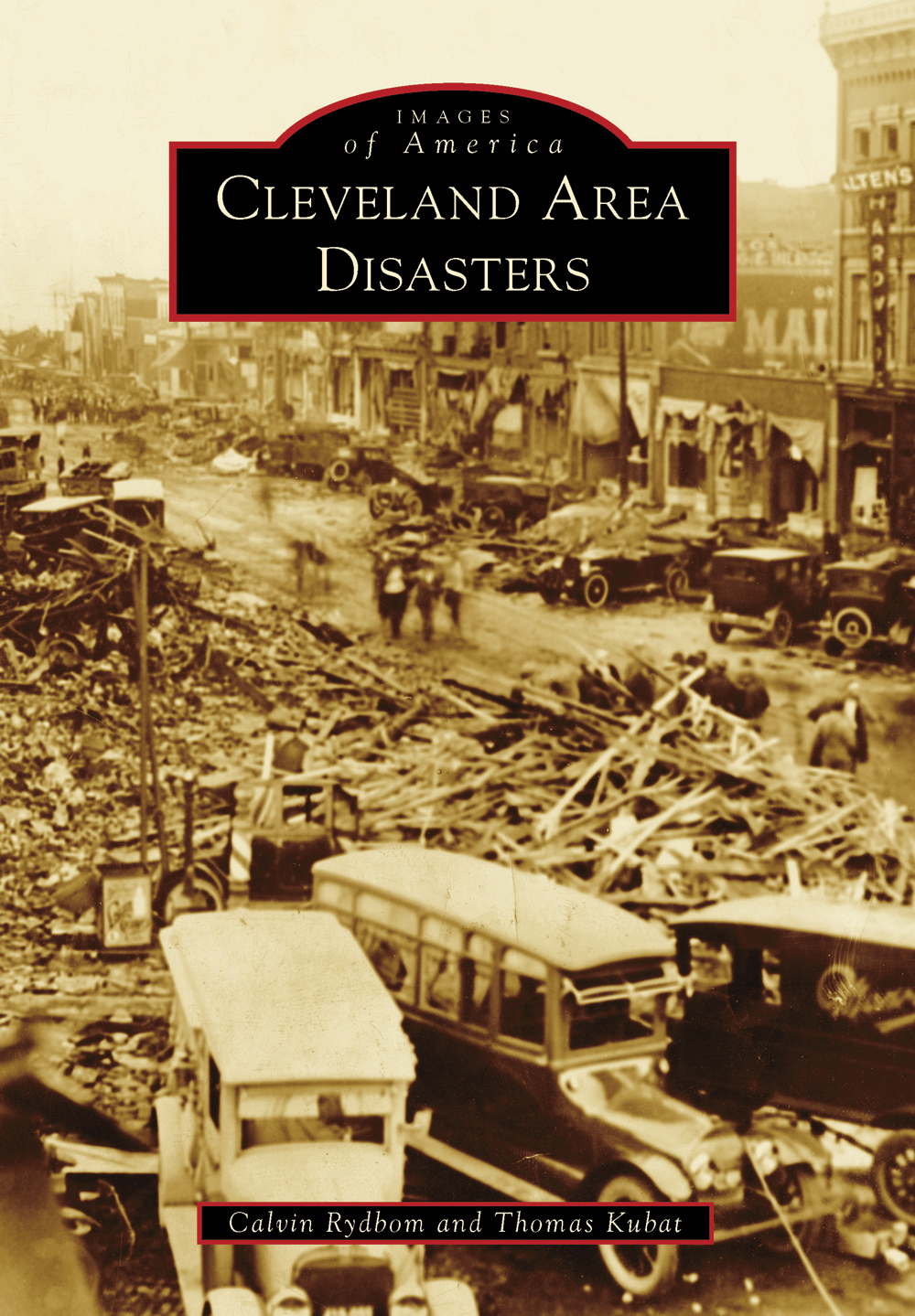
IMAGES
of America
CLEVELAND AREA
DISASTERS

The shore near the Lorain Municipal Bathhouse was strewn with automobiles, manically dispersed there by the Lorain-Sandusky tornado on June 28, 1924. The now infamous tornado formed over Sandusky Bay. After slamming Sandusky, it briskly moved across Lake Erie and arrived ashore at the bathhouse in Lakeview Park, where it promptly disposed of eight victims as well as the bathhouse. (Courtesy of Special Collections, Michael Schwartz Library, Cleveland State University.)
ON THE COVER: Looking north on Broadway Avenue in Lorain, one sees the main drag in ruins, leaving little reminder of its prior status as a business district. Nary was a building left unscathed by the wrath of the potent 1924 storm. (Courtesy of Special Collections, Michael Schwartz Library, Cleveland State University.)
IMAGES
of America
CLEVELAND AREA
DISASTERS
Calvin Rydbom and Thomas Kubat

Copyright 2013 by Calvin Rydbom and Thomas Kubat
ISBN 978-1-4671-1025-9
Ebook ISBN 9781439643709
Published by Arcadia Publishing
Charleston, South Carolina
Library of Congress Control Number: 2013932732
For all general information, please contact Arcadia Publishing:
Telephone 843-853-2070
Fax 843-853-0044
E-mail
For customer service and orders:
Toll-Free 1-888-313-2665
Visit us on the Internet at www.arcadiapublishing.com
CONTENTS
ACKNOWLEDGMENTS
We would like to express our gratitude to the people who contributed their time, support, and photographs to this book. Undertaking a project to tell the story of the worst disasters that occurred in Cleveland during the first half of the 20th century was certainly a daunting task and one that we could not have been accomplished without their help.
The pictures in this book were obtained from the following organizations, and we wish to especially thank those with the organizations who made their use possible: the Cleveland Public Library, Michelle Epps and Suzie Dills (executive director) of the International Womens Air and Space Museum, Bill Barrow and Lynn Duchez Bycko of the Cleveland State University Special Collections Library, and Paul Nelson of Western Reserve Fire Museum of Cleveland.
We would also like to thank Arcadia Publishing for publishing another one of our books, specifically our editors Jill Nunn and Sandy Shalton for their expertise, guidance, and suggestions during the entire process.
Special thanks go to our colleague and friend Kieth Peppers. The chief executive officer of Pursue Posterity, Kieth helped with research, fact checking, proofreading, digitization, and additional photography along with providing ideas and a dry wit during virtually every planning session and meeting along the way.
And finally we would like to thank our family and friends who we are sure grew tired of hearing about how many people lost their lives in the Lorain tornado or the East Ohio Gas Company explosion. It probably was not easy to feign interest and smile politely, pretending to comprehend, when we could barely contain our excitement upon finding the perfect photograph. In reality, we know so many of our family and friends are probably tired of hearing us go on about fires, explosions, and tornados. Rest assured, we are now ready to go back to boring you with the obscure interests we usually bore you with.
INTRODUCTION
Disaster and tragedy frighten, fascinate, and intrigue in equal measures. We cannot help but gawk at the truly brutal wreckage of a car crash on the side of the road, the chaotic aftermath of a cyclone, or scorched debris from a blistering fire. The best and worst of humanity are often on display during catastrophes; heroism and voyeurism can describe the actions of those involved, directly and indirectly, often times in equal quantities. Most human beings have a morbid fascination with disasters, especially those that deliver an ample dose of death and destruction. My writing colleague and I are no exception to this rule. We harbor a morbid curiosity for these calamitous occurrences, in particular those that have transpired in Northeast Ohio. The focus of this volume will be disasters that transpired in and around Cleveland in the early 20th century.
The Cleveland area has been a victim of a multitude of disasters, both natural and man-made, since its founding. Some have brought shame upon the city and region, such as the 1969 Cuyahoga River fire, while others have barely registered with the general public, like the West 117th Street explosion. All the fires, collapses, storms, and crashes described in this book have inflicted substantial pain and sorrow on their victims and just as much interest in us voyeurs.
The disasters covered in this volume range from acts of unforgiving nature, such as the 1924 Lorain tornado (also known as the Lornadocoined by Thomas Kubat and Kieth Alan Peppers), to easily avoidable tragedies, such as the Cleveland Clinic fire. These horrific events destroyed property; in one instance, circus animals; and in all-too-many occasions, human life. The Ringling Bros. and Barnum & Bailey Circus fire of 1942 took the lives of 65 innocent animals, held in captivity with no chance to escape, as the torrid flames torched these helpless creatures.
Some of the most horrendous and tragic disasters to ever shake the United States have occurred in Northeast Ohio. Many have led to new legislation and guidelines being proposed and put into action to assure that such catastrophes would never take place again. The Collinwood School fire, along with the 1903 Iroquois Theatre fire in Chicago, helped bring about stricter safety procedures and new apparatuses in schools. It was not long after that horrific fire when the installation of panic bar latches was mandated for doors in schools.
As a result of the East Ohio Gas Company explosion, a number of significant safety measures were implemented. According to Neil Durbin, a spokesman for Dominion East Ohio, the gas companys most momentous safety measure following the tragedy was a shift from liquefied natural gas to a system of underground natural-gas storage.
In the aftermath of the notorious Cleveland Clinic fire, there were many improvements at hospitals on a local and national level. Chief among these improvements was the establishment of new standards for storing hazardous materials, such as X-ray film. Progress due to this disaster did not end with new regulations at hospitals; it also led to fire departments throughout Cleveland utilizing gas masks as part of their required equipment and the advocacy by the local government in the creation of an ambulance service for the city.
Lessons, however, were not always heeded from these tragic incidents. In the case of the Ringling Bros. and Barnum & Bailey Circus, it was not until after an even more horrific inferno ravaged a circus in Hartford, Connecticut, that extra measures were established to quell the possibility of another untimely tragedy. The merciless fire in Hartford sent nearly 170 souls to an early grave. After the saddest circus event to take place in the United States, Ringling Bros. and Barnum & Bailey Circus amended some of its unsafe practices, such as using a mixture of gasoline and paraffin to waterproof the canvas; this practice, now defunct, had led to the severity of the fire, as the melting paraffin fell upon the patrons below.
Next page

